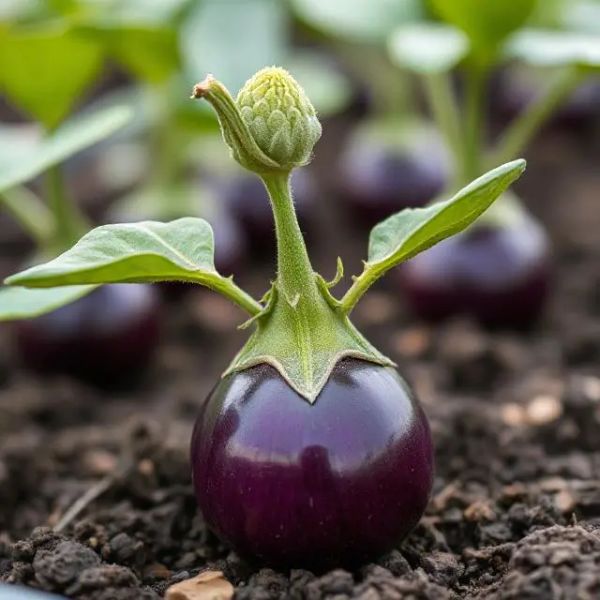Thinking about growing your own eggplant? It starts with the seedlings. This guide gives you clear steps to get them started right.
1. Getting Your Seeds Ready
You should start your eggplant seeds indoors. Plan to do this 6 to 8 weeks before the last frost. This gives your seedlings a head start.
Use a sterile seed-starting mix. You can buy this at a garden center. Avoid using soil from your yard. It can have things that harm small plants.
Plant your seeds about a quarter-inch deep. After you plant them, water the soil gently. A spray bottle works well. You want the soil moist, not soaked. Cover the pots with plastic to keep the moisture in.
2. Giving Your Seedlings What They Need
Eggplant seeds need warmth to sprout. A temperature between 75 and 85 degrees Fahrenheit is good. You can put your seed trays on a heat mat or a warm spot in your house.
Your seeds need light, but not direct sun at first. Once they sprout, they will need more light. A grow light for 12 to 16 hours a day is best. If you use a windowsill, turn the pots daily so they grow straight.
Once your seedlings have their first true leaves, you can start to fertilize them. The first two small leaves are not true leaves. Use a weak liquid fertilizer, like a seaweed or fish emulsion mix, once a week.
3. Moving Your Seedlings
When your seedlings have a few sets of true leaves, they are ready for bigger pots. Move them carefully to avoid hurting the roots.
Before you plant them outside, you need to get them used to the outdoors. This is called hardening off. Start by putting them outside in a shady spot for an hour or two. Each day, leave them out for a little longer. After about a week, they can stay outside.
Plant your seedlings in the garden when the soil is at least 60 degrees Fahrenheit. Space them about 18 to 24 inches apart.
4. Common Problems to Watch For
Keep an eye out for pests. Aphids and flea beetles can be a problem. You can often wash aphids off with water. Flea beetles make small holes in the leaves.
Diseases can also affect your seedlings. Good air circulation helps prevent them. Avoid watering the leaves directly. Water the soil instead.
If you see a seedling that looks sick, it's best to remove it. This can stop the problem from spreading to other plants. By paying attention to your young plants, you can catch issues early.
